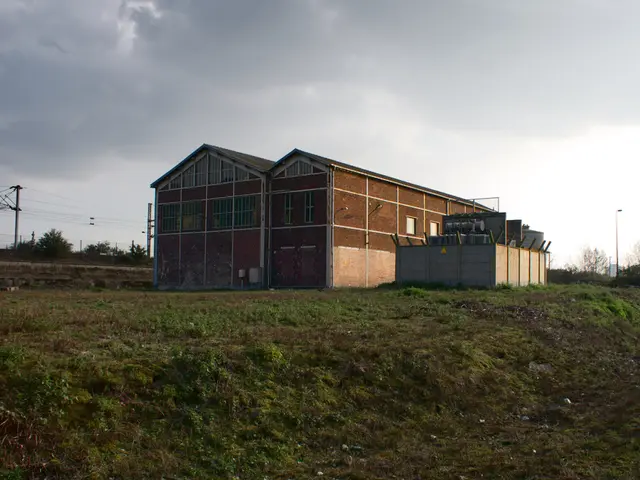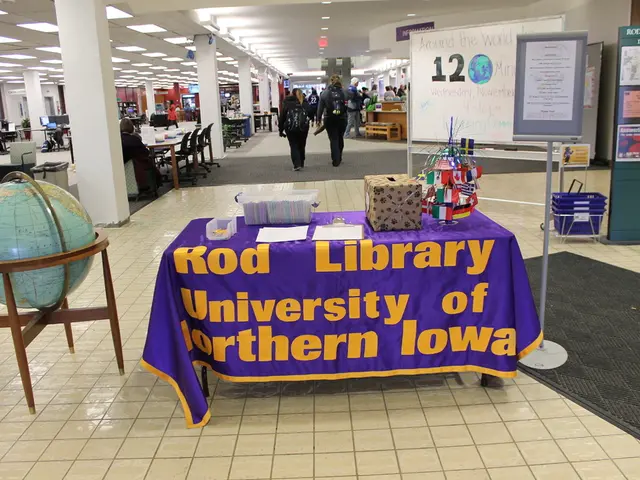EPA Launches Multilingual Food Waste Tools to Meet 2030 Goal
The U.S. Environmental Protection Agency (EPA) has released a series of reports and tools to tackle food waste, a significant environmental concern. These resources aim to help reduce waste, save money, and meet the national goal of cutting food loss and waste by 50% by 2030.
The EPA's Wasted Food Scale is now available in eight languages, making it accessible to a wider audience. This tool helps estimate the amount of food waste generated by different types of facilities. Additionally, the EPA has published a report on methane emissions from landfilled food waste, highlighting the environmental impact of food waste.
Version 3.1 of the Excess Food Opportunities Map provides a comprehensive overview of potential excess food generators and recipients in the industrial, commercial, and institutional sectors. It currently shows over 960,000 potential overproducers and nearly 15,000 potential recipients. These include large-scale food retailers, restaurants, institutional cafeterias, and food manufacturing industries, aligned with USDA efforts to reduce waste.
The EPA's new report on the cost of wasted food reveals that the average American family of four wastes almost $3,000 per year on food that is never eaten. The EPA recommends preventing food waste as the most effective way to reduce environmental impacts.
With these new resources, the EPA encourages businesses and individuals to take action against food waste. By preventing waste and redirecting excess food, we can save money, reduce environmental impacts, and work towards the national goal of halving food loss and waste by 2030.
Read also:
- Color Therapy Light Exposure Boosts Creative Potential?
- United Kingdom should refrain from hastily deciding on hydrogen home heating, according to Scotland's appeal.
- International discussions on plastic waste management may depend on China's commitment to scale back their plastic manufacturing output.
- Jellyfish invade coastlines, forcing closure of nuclear power plant: jellyfish predicament







